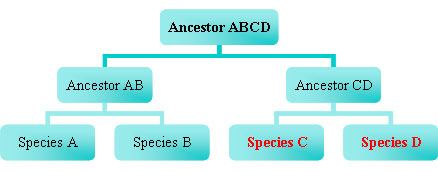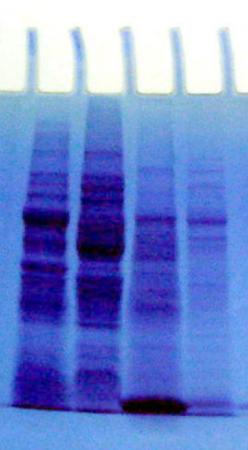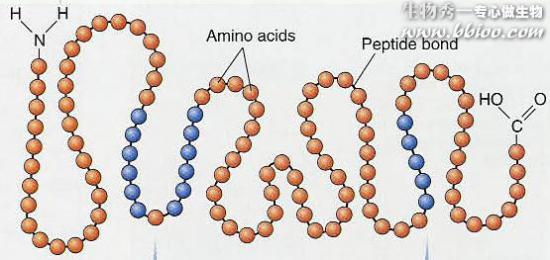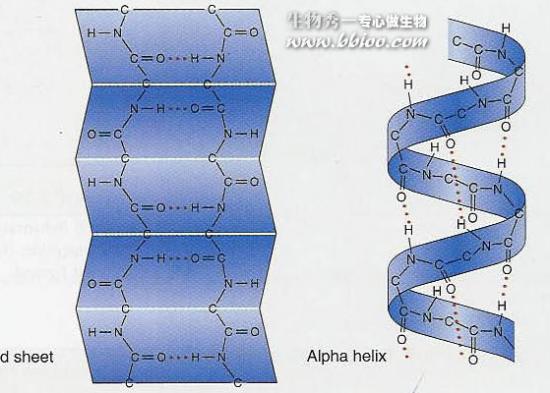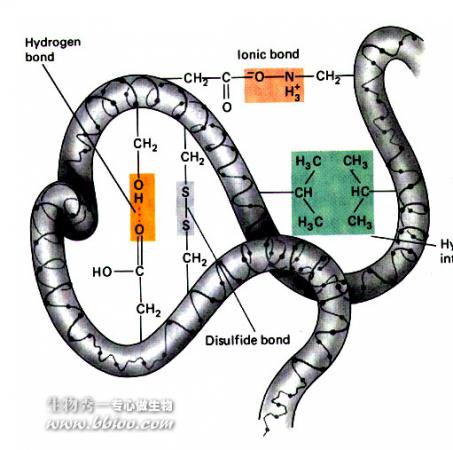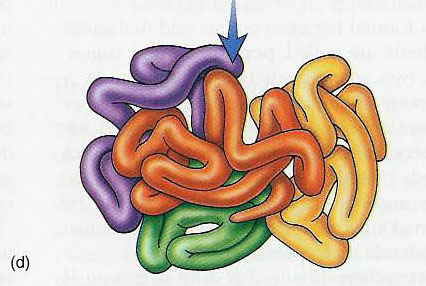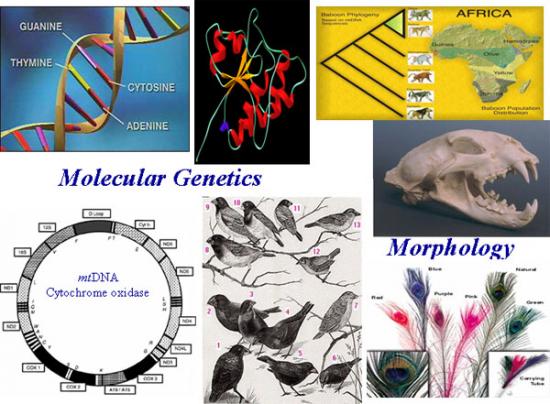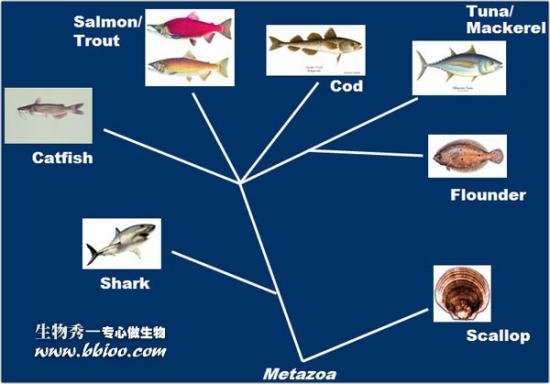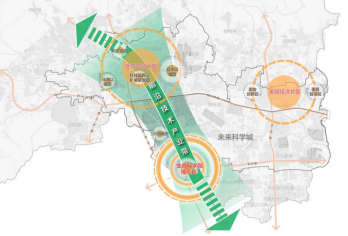Reconstructing Fish Phylogeny
What is SDS-PAGE?
SDS (Sodium dodecyl sulphate) is a detergent used to denature proteins
PAGE (Polyacrylamide Gel Electrophoresis)
SDS-PAGE is one of many techniques that can be used to determine the degree of relatedness between 2 or more species
Evolutionary Implications
Assumption: closely related species will have
more proteins in common
Phylogeny (Evolutionary History)
Evolutionary Tree
Protein Structure
Primary structure
Due to specific amino acid (aa) sequence
Secondary structure
Due to attraction between specific aa’s in the sequence (hydrogen bonds)
Form a a-helix or b b-pleated sheets
Tertiary structure
Secondary folding due to interactions of
R groups (e.g. disulfide bridges)
Quaternary structure
Two or more polypeptide chains (e.g. hemoglobin)
Fish Muscle Proteins
Muscles contain many proteins
Actin and Myosin
Form muscle fibers that allow muscles to contract and relax
Most common muscle proteins in all animals
SDS-PAGE allows proteins to be sorted by size and identified
Evolutionary Implications Revisited
Assumption: closely related species will have
more proteins in common
Phylogeny (Evolutionary History)
Evolutionary Tree
Evolutionary Tree
Making Trees
Evolutionary Relationships
SDS-PAGE In Lab: Getting at those fish proteins
Functional fish proteins are treated with a SDS and heat
SDS will make all protein molecules negatively charged
Heat denatures the proteins
Treatment allows the proteins to sort by size
SDS-PAGE


